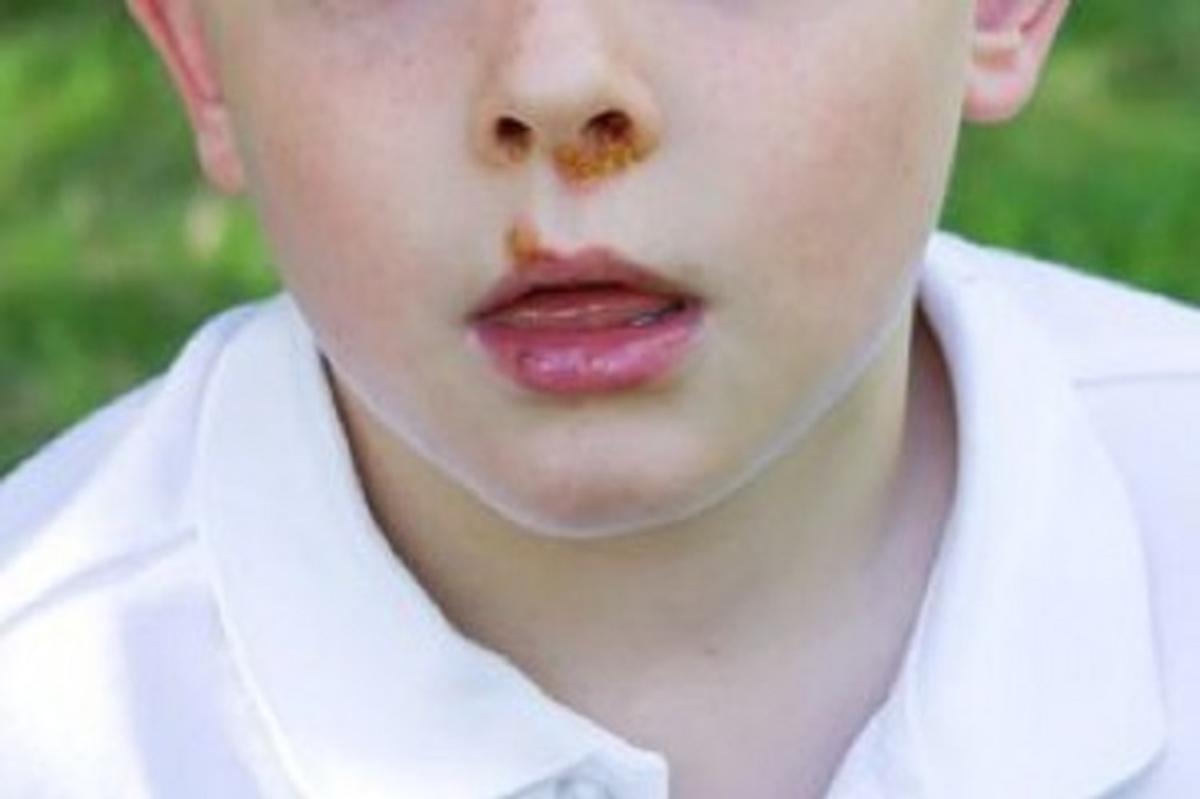Health Guide:
We have had four confirmed cases of Impetigo over the past week, so this is an important update for all parents.

Health Guide:
We have had four confirmed cases of Impetigo over the past week, so this is an important update for all parents.
School sores (pokenga kiri whēwhē) is the common name for impetigo, a highly contagious skin infection most often seen in children.
Key points
What are the causes of impetigo?


Impetigo is a common skin infection caused by two types of bacteria: Streptococcus pyogenes (strep) or Staphylococcus aureus (staph). Some people carry these bacteria in their nostrils, on the skin or in the throat. It can be transferred to the hands and then onto other parts of the skin.
Most of the time, your skin is an effective barrier that keeps bacteria out, and these bacteria can live on your body without causing problems. When there is a break in your skin, such as a cut or graze, bacteria can enter your body. It can then grow, causing inflammation and infection. Breaks in your skin may happen with bites (insect, animal or human) or injury. Impetigo may also occur on healthy skin where there is no visible break.
Who is at risk of impetigo?
Impetigo is most common in children. In adults, it may follow other skin disorders. It is also more common in people with a weakened immune system. Impetigo can be spread to other people by contact with the sores. The sores are most infectious when there is weeping or crusting on them and should be kept clean and covered. It can also spread by contact with infected clothing, towels or playthings.
What are the symptoms of impetigo?
Impetigo usually starts as little blisters. These then break and start to weep, usually pus or sometimes a clearer liquid. The weeping patches tend to grow larger. Yellow or brownish scabs then form. These can burn or itch.
Impetigo can also start as any lesion (bite, damaged skin) that doesn't heal and develops a crusty scab. Sometimes it looks like a rash – which may begin as a single spot, but if you scratch, it may spread to other areas. You may develop swollen lymph nodes.
If you think your child might have impetigo, take them to the doctor. Treatment will depend on how severe the infection is.
For a mild infection, your doctor may prescribe an antiseptic or antibiotic cream to be applied every day. For more severe infection that is more widespread, your doctor may prescribe a course of antibiotics to be taken by mouth.
Remove the scab or crusted area by washing with an antiseptic solution such as Dettol or Savlon. Follow the instructions on the packaging or ask your pharmacist for advice on how to use them. You can also remove crusts by:
Keep the sores clean and cover with a watertight dressing or bandage to prevent them from spreading. Dressings and the correct tapes to hold the dressing in place can be purchased from pharmacies. Throw used dressings into a plastic bag and seal it before discarding.
Try to prevent your child from scratching the sores as much as possible. Keep your child's fingernails short to prevent damage and infection from scratching. Ensure your child washes their hands with soap often, especially if they touch the sores.
If your child is prescribed an antiseptic or antibiotic cream, apply it to the affected areas as prescribed by your doctor – usually 2 or 3 times a day. Examples of antiseptics are povidone-iodine, hydrogen peroxide cream or chlorhexidine and antibiotic ointments are fusidic acid or mupirocin.
If prescribed antibiotic liquid or capsules (also called oral antibiotics), continue taking the medicine for the full course, even if the sores look to have healed. Oral antibiotics can sometimes have side effects. Report any diarrhoea, stomach upsets or skin rashes to your doctor or practice nurse.
In some cases, your doctor may also prescribe an ointment to rub on the inside of the nostrils for the child and other family members – the bacteria can hide out there and reinfect others.
School sores are highly contagious and are easily spread by touching. To avoid the spread, keep your child away from school or daycare until one day after the start of treatment and when the sores are completely covered with dressings. Other ways to prevent spreading school sores to others include:
For more information and support, talk to your doctor, practice nurse or your local pharmacist, or ask to speak to the public health nurse attached to the school. You can also phone Healthline free (within New Zealand) on 0800 611 116 for health advice.
Images of impetigo DermNet NZImpetigo – school sores Kidshealth NZBleach baths for skin infections DermNet NZ
Phone Healthline for free on 0800 611 116 any time of the day or night for advice on any health issue, no matter how small. In an emergency, phone 111 for an ambulance.